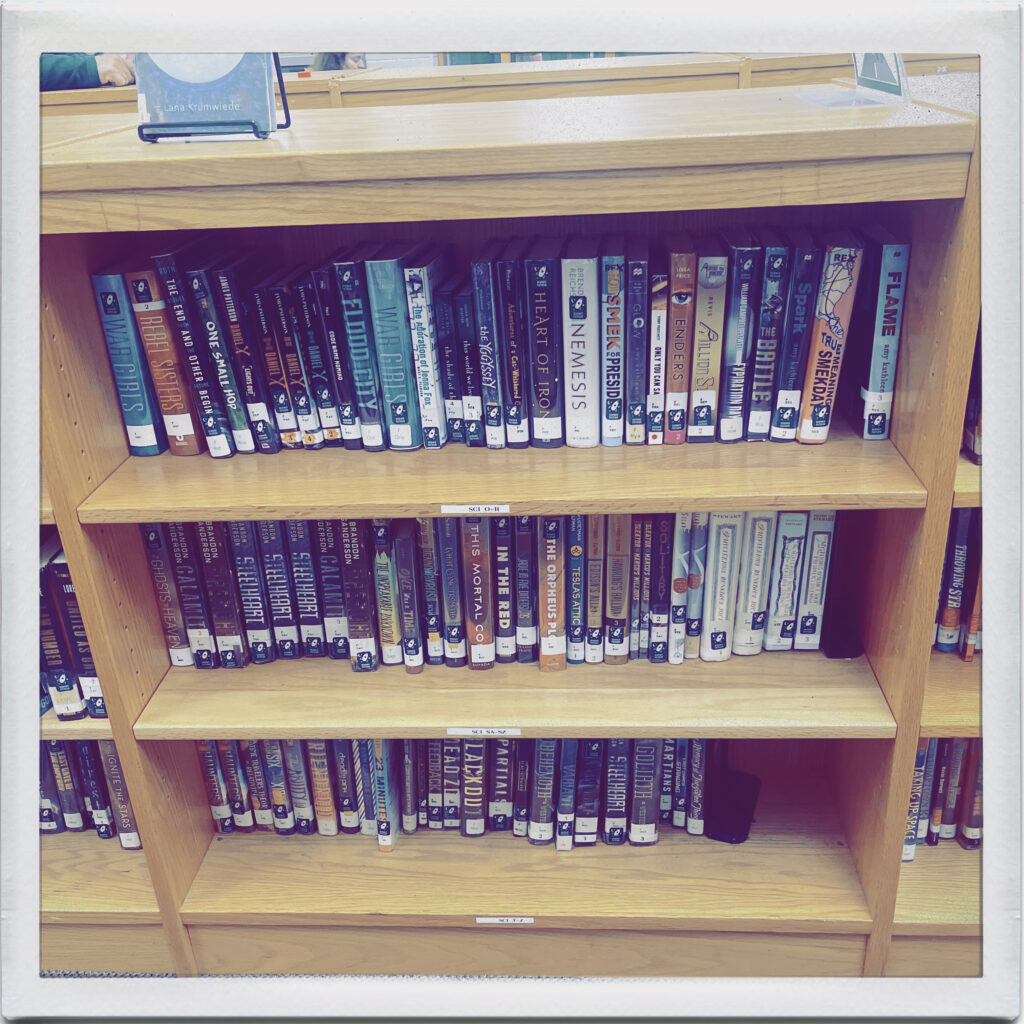
Education’s landscape is shifting, shifting from focusing on rote learning to fostering 21st-century skills like collaboration and self-awareness. This evolution is captured in the emerging concept of “Portraits of a Graduate” (POG), which underscores the skills vital for success in today’s world.
To navigate this shift, the “Portrait of a Learner” (POL) model, steeped in research from diverse fields, provides a roadmap. It highlights the importance of nurturing curiosity, critical thinking, and collaboration while emphasizing identity and belonging in the learning process. This approach is about understanding learners as they are and designing education that supports their holistic growth, ensuring they are equipped to thrive in a rapidly changing global economy.
More and more school districts are crafting Portraits of Graduate (POG) to highlight the core skills and characteristics they believe students need to be successful in a 21st century global economy. What many of these portraits capture is a distinctive shift away from content knowledge and towards the 21st century skills and dispositions that drive lifelong learning—things like collaboration and self-awareness. This mirrors research on the science of learning that demonstrates how learning includes social emotional processes and is driven by interactions between the learner and their environment. In education there is often a disconnect between what exactly we are trying to teach students, and why, especially as the goals of education are shifting.
Alison R. Shell and Jessica Jackson
The Eclectic Educator is a free resource for everyone passionate about education and creativity. If you enjoy the content and want to support the newsletter, consider becoming a paid subscriber. Your support helps keep the insights and inspiration coming!









